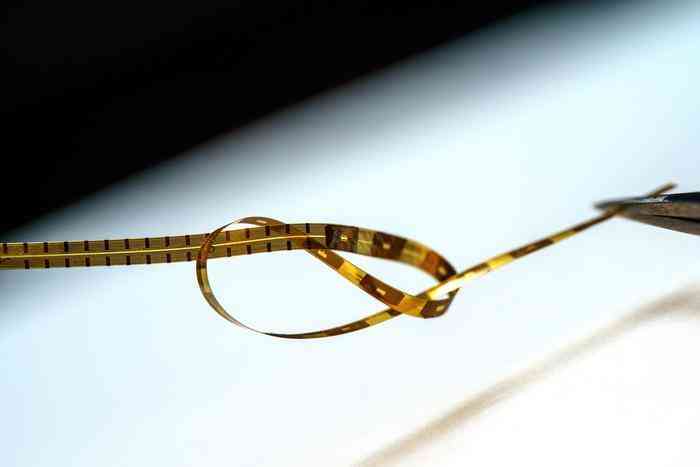Micro-brain electrodes developed by researchers at the University of California, San Diego, USA (Credit: David Baillot/University of California San Diego) 2024.01.17 /News 1
Researchers at the University of California, San Diego have developed a sensor that can record deep brain activity at the level of individual neurons.
According to the scientific community on the 17th, the results of research on deep brain testing electrodes were published in the international academic journal Nature Communications.
Brain electrode technology is used not only for brain science but also for the treatment of brain diseases. Recently, technology companies, including Neuralink, founded by Elon Musk, are conducting research on connecting the brain and computer with electrodes.
The brain electrodes developed this time are microscopic, about one-fifth the thickness of a human hair, and utilize thin film technology used in the display industry.
Smaller electrodes are advantageous for measuring finer signals and reducing side effects such as brain damage. The research team succeeded in observing the nerve cell (neuron) signals of one or two nerve cells in the brain.
According to the researchers, it is possible to access deep brain areas up to 10 cm from the brain surface.
The researchers collected performance data from two human patients as well as animals. With the patient’s consent, brain activity was measured by inserting a probe into the brain tissue to be removed surgically.
Existing clinical electrodes obtain data from 8 to 16 channels at a time, but the newly developed electrode can record up to 128 signals.
Researchers are developing this technology not only for brain science but also for wireless monitoring of epilepsy patients.
Epilepsy is caused by temporary abnormal excitation of nerve cells, and some patients require long-term monitoring because diagnosis is difficult.
Sarona Benheim, an associate professor of neurosurgery at the University of San Diego School of Medicine who participated in the study, said, “Currently, some patients stay in the hospital for a long time to determine where their seizures occur. In this process, wired electrodes are used and they are tied to a hospital bed.” He explained, “The results of this research enable monitoring even when patients are at home and have the potential to open the way to precision treatment.”
The research team believed that the newly developed electrode could be used not only for measurement but also for treatment as it also has the function of transmitting electrical stimulation. Currently, brain stimulation techniques are being used clinically for Parkinson’s disease and depression, and research is continuing to use them to treat obesity and obsessive-compulsive disorder.
seungjun241@news1.kr
Copyright ⓒ News1. All rights reserved. Unauthorized reproduction, redistribution, and use of AI learning are prohibited.
2024-01-17 10:00:00
#Development #brain #electrode #captures #activity #single #nerve #cell #deep #brain
